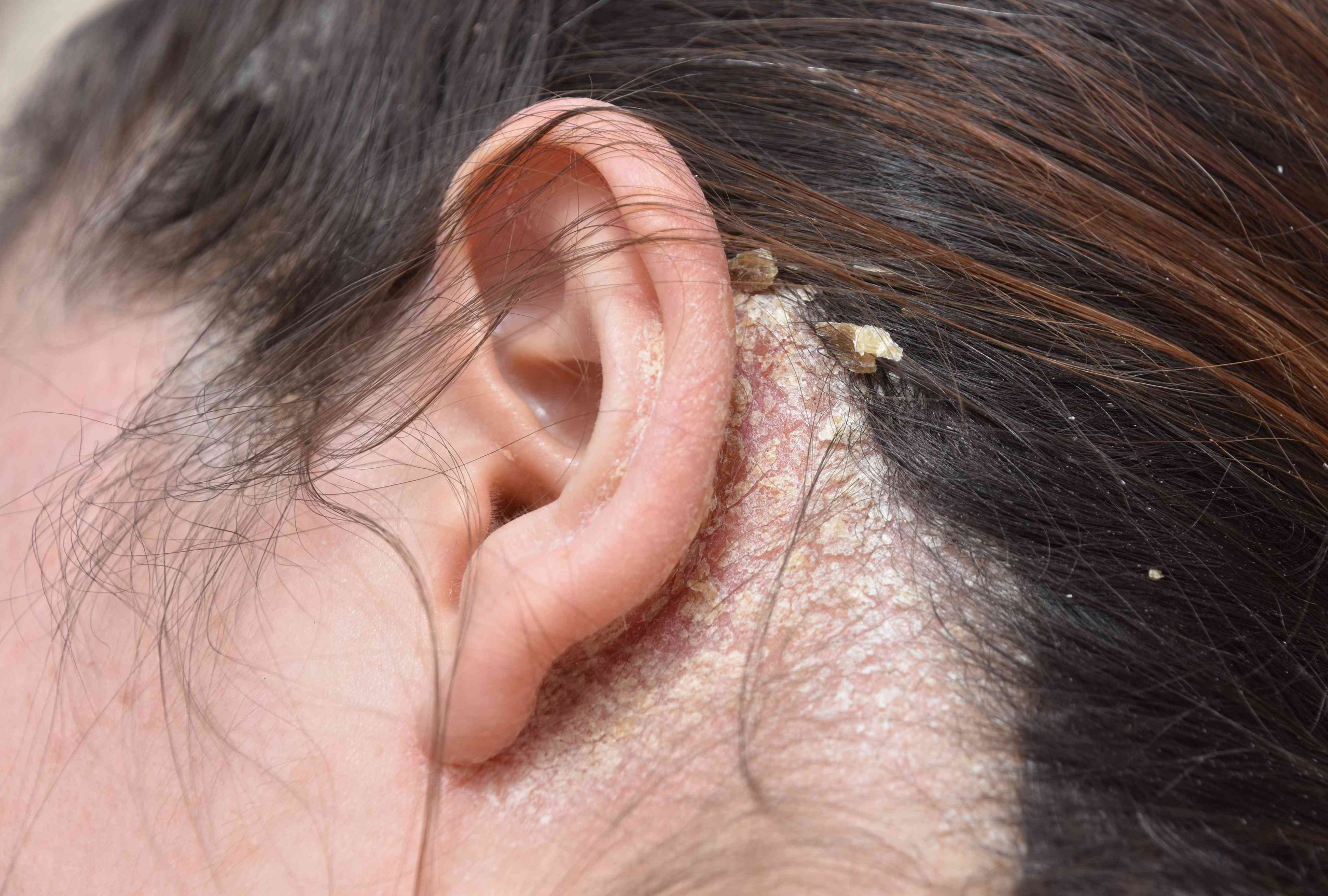
What is seborrhoeic dermatitis?
Seborrhoeic dermatitis (also spelled seborrheic dermatitis) is a form of skin inflammation that usually occurs on the scalp, face or torso, in or around areas that naturally produce an oily substance known as sebum.
Seborrhoeic dermatitis is also called seborrhoeic eczema, and can lead to dandruff. If it happens in infants, it causes cradle cap.
What causes seborrhoeic dermatitis?
Seborrhoeic dermatitis may be caused by an immune reaction to a microscopic fungus called Malassezia.
Malassezia is normally present on healthy skin, around the areas where oil is produced, but some people develop an immune reaction to Malassezia for reasons that remain unknown. It is not contagious, nor a sign of poor hygiene.
Seborrhoeic dermatitis looks like patches of oily, flaking or scaly skin. Crusting yellow sores may develop on the scalp, particularly in infants with cradle cap. Affected areas may also be red and itchy, or may sting.
How is seborrhoeic dermatitis treated?
In infants, seborrheic dermatitis and cradle cap usually clear naturally within 6 to 12 months, but seborrhoeic dermatitis that appears during adolescence or adulthood can be a long-term condition, which may flare up from time to time.
Seborrhoeic dermatitis can often be managed effectively at home with over-the-counter treatments, including anti-dandruff shampoos when the scalp is affected. Crusting yellow sores, often found on infants with cradle cap, can be removed by softening them with baby shampoo or baby oil and warm water, and then gently wiping with a cotton bud, soft toothbrush or cloth. Sometimes the skin underneath the cradle cap can become infected. If the cradle cap isn’t getting better or spreads to other parts of the body, speak to your doctor, local chemist or Maternal and Child Health Nurse.
For other areas, anti-fungal or corticosteroid creams may relieve symptoms. An exfoliating body or face wash containing salicylic acid may also help remove flaking skin. Treatments may need to be used frequently initially, and then occasionally when symptoms reappear.
Ask for help if symptoms persist, or if you experience a sudden increase in the severity of your symptoms, increased discomfort, or if your condition is causing anxiety or embarrassment, or if it’s interfering with your daily routine.
You can speak to your pharmacist or your doctor who may in a few cases refer you to a dermatologist.

